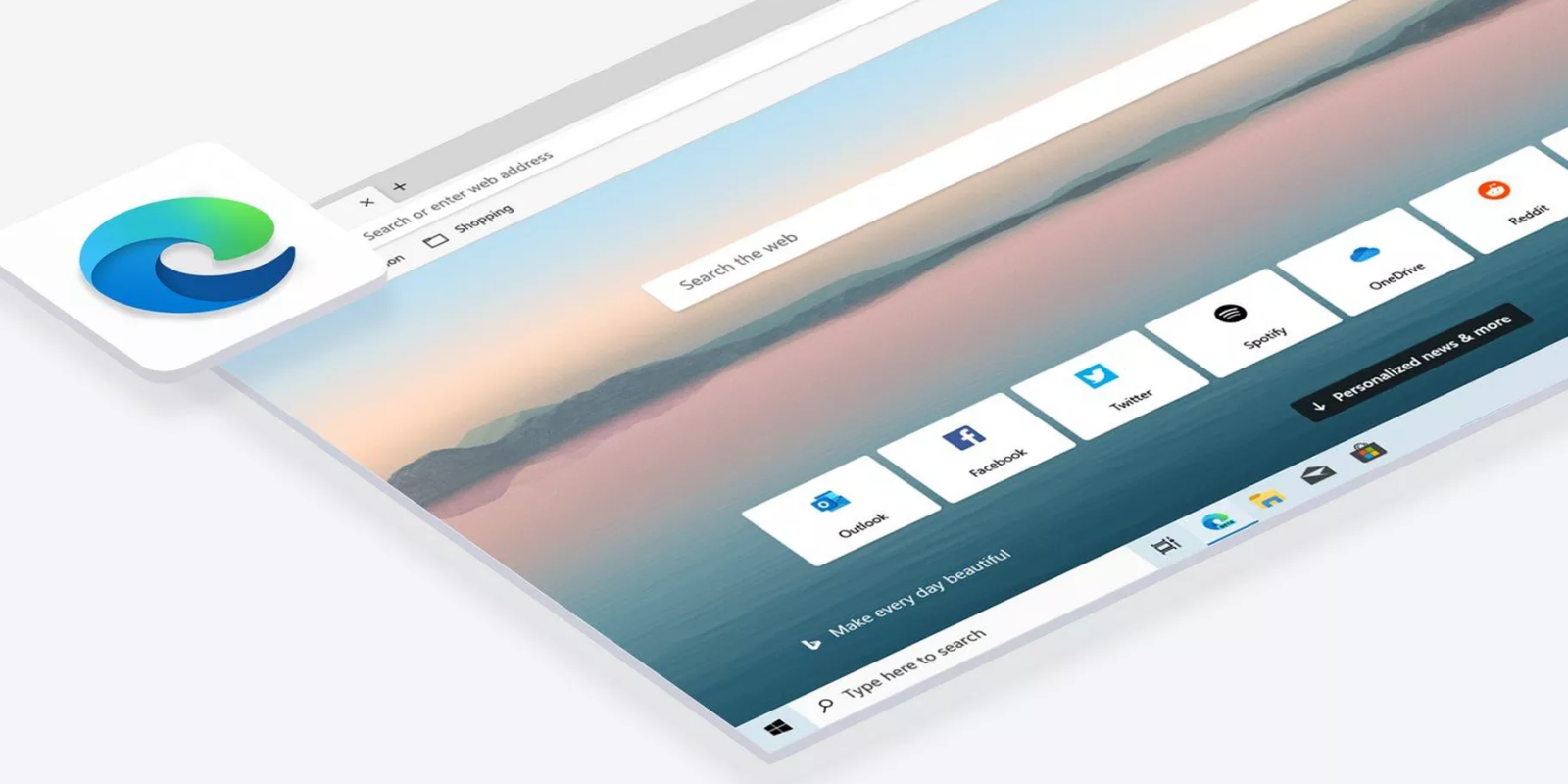After years of failed attempts by Microsoft to replace their age old browser, the same one that was the main part of that infamous anti-trust case, I can safely say they have finally succeeded. Although Edge has been around since Windows 10 launched, it never really began to hit its stride until Microsoft finally capitulated and used Chromium as the base. As a long time Google Chrome user, it wasn’t until the new version of Edge was launched that there was finally a browser I liked more than Chrome. It was as fast, better on RAM usage, and integrated seamlessly with my Microsoft 365 account. However there was always one hinderance to make it the sole browser in an enterprise setting, legacy apps that were still dependent on IE. This issue is finally no more.
Microsoft has been working hard to integrate Internet Explorer mode into Chromium Edge, and from what I’ve seen its really paid off. IE mode in Edge works very similar to what Enterprise Mode was in IE 11 to get older IE 10 and older applications to work. You enable the mode through GPO, host a site list that the browser can point to, and when the user goes there it will run it in the correct mode. Having tested multiple sites with dependencies such as Microsoft Silverlight, Java 6, and only running in IE 11; I can safely say that it is incredibly stable. One added benefit is it actually increasing the performance of these legacy applications. I’m going to just chalk this up to the wizardry that Microsoft is also doing with Xbox games and backwards compatibility.

If your enterprise is looking for 1 browser to manage and just works with old and new applications, its safe to say that Microsoft Edge is now that browser. It’s honestly something I’d never thought I would recommended, however I’ll take it with how reliable its been for me. Not to mention easier on your systems RAM.
If you are looking for more information on how to implement IE modes, take a glance at these Microsoft Docs to learn more.
